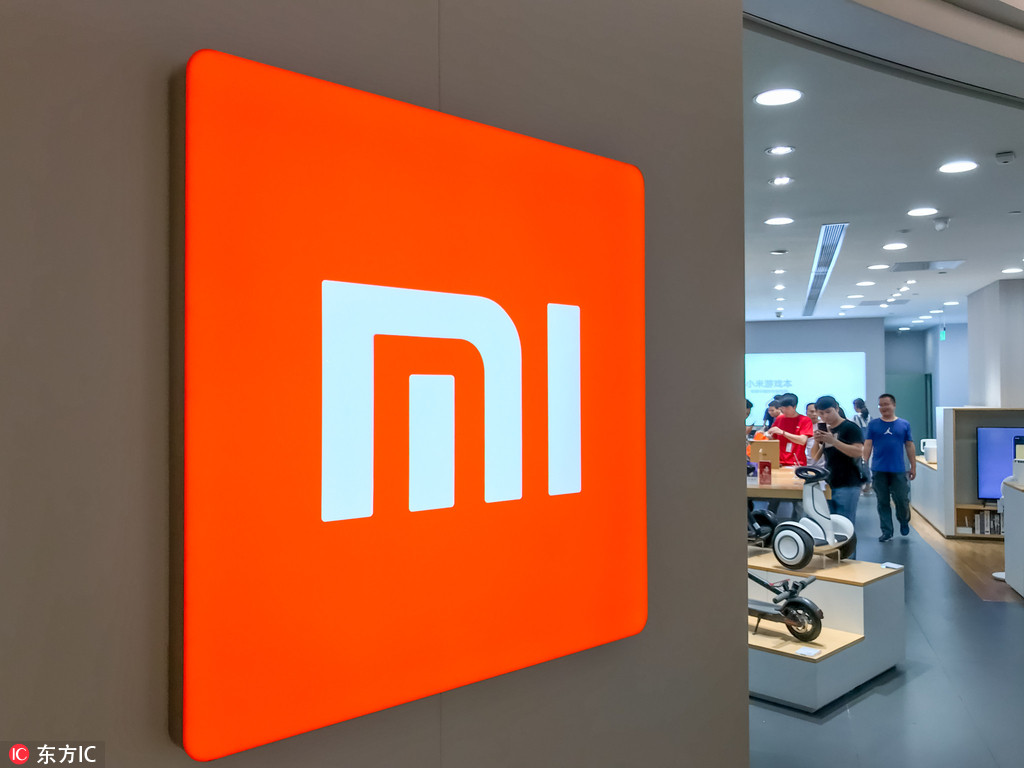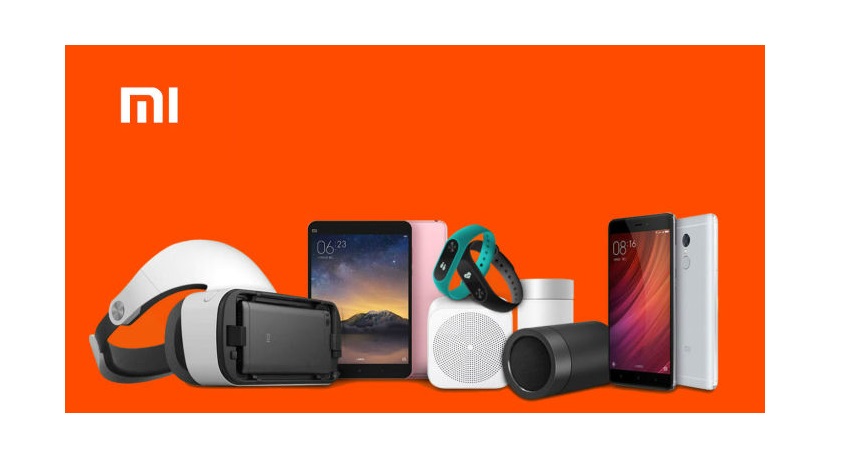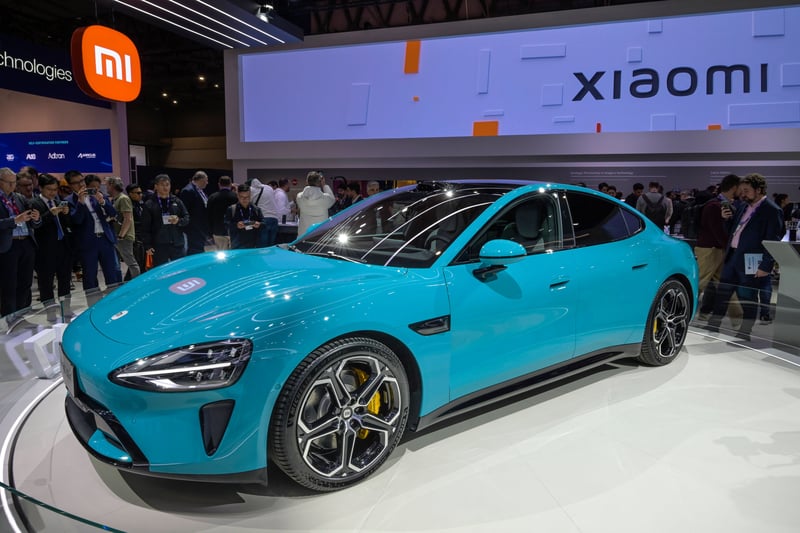
Xiaomi, a name synonymous with innovation and affordability, has rapidly become a global force in the technology and consumer electronics markets. Founded in 2010 by Lei Jun, the Chinese tech giant has transformed from a startup into a major player in the industry, known for its wide range of products from smartphones to smart home devices. This article explores Xiaomi’s rise, its product ecosystem, and its impact on the global tech landscape.
The Rise of Xiaomi
Xiaomi’s journey began with a bold vision to deliver high-quality technology at accessible prices. The company’s initial breakthrough came with the launch of its MIUI operating system, which offered a customized Android experience. This early success laid the foundation for Xiaomi’s expansion into hardware. The company’s first smartphone, the Mi 1, was released in 2011, and its aggressive pricing strategy quickly garnered attention. By focusing on online sales and leveraging social media for marketing, Xiaomi was able to disrupt the traditional retail model and achieve rapid growth.

Innovative Product Ecosystem
Xiaomi’s success is built on a diverse product ecosystem that extends beyond smartphones. The company has developed a wide array of products that integrate seamlessly, creating a cohesive tech experience for consumers.
- Smartphones: Xiaomi’s smartphones are renowned for offering high-end features at competitive prices. Models such as the Mi series and Redmi series cater to different segments of the market, from premium devices to budget-friendly options. Xiaomi’s commitment to innovation is evident in features like high-resolution cameras, fast processors, and advanced display technologies.
- Smart Home Devices: Xiaomi has made significant strides in the smart home sector with products like smart speakers, air purifiers, and smart lighting. The company’s Mi Home ecosystem connects various smart devices, allowing users to control their home environment through a single app. This integration enhances convenience and automation in everyday life.
- Wearables: The company has also made its mark in the wearables market with products such as the Mi Band series. Known for their affordability and functionality, these fitness trackers offer features like heart rate monitoring, sleep tracking, and notifications, making them popular among health-conscious consumers.
- Lifestyle Products: Xiaomi’s innovation extends to lifestyle products like electric scooters, smart backpacks, and even home appliances. The company’s ability to blend technology with everyday items demonstrates its commitment to enhancing the user experience across different aspects of life.

Global Expansion and Market Impact
Xiaomi’s global expansion has been remarkable. Initially focused on the Chinese market, the company has since entered numerous international markets, including India, Europe, and Southeast Asia. Its strategic approach, which includes localizing products and engaging with regional communities, has helped Xiaomi establish a strong presence worldwide.
The company’s competitive pricing strategy has forced other tech giants to reconsider their pricing models, driving innovation and affordability across the industry. Xiaomi’s emphasis on providing value for money has made high-quality technology accessible to a broader audience, reshaping consumer expectations.
Challenges and Future Outlook
Despite its successes, Xiaomi faces challenges in an increasingly competitive market. Issues such as intellectual property disputes, supply chain constraints, and regulatory hurdles can impact its growth. Additionally, as the tech industry evolves, Xiaomi must continue to innovate and adapt to maintain its market position.
Looking forward, Xiaomi’s focus on expanding its product ecosystem and advancing technologies like 5G and AI suggests a continued commitment to innovation. The company’s investments in research and development, combined with its strategic partnerships, position it well for future growth.





